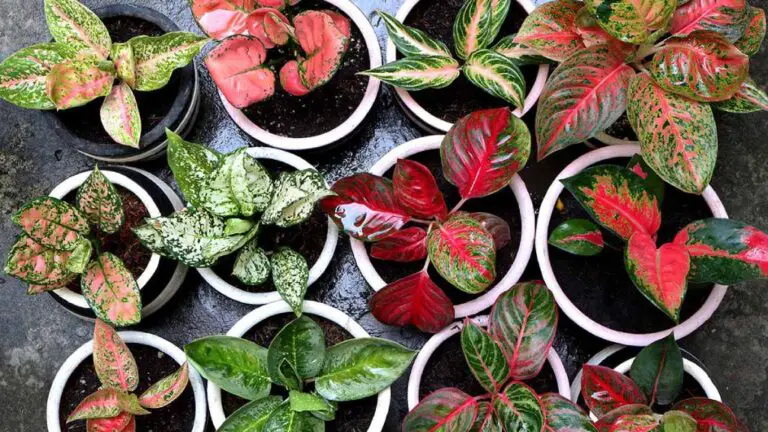Preventing Squash Vine Borers: 9 Essential Tips
Table of Contents
Companion Planting: Harnessing the Power of Repellent Herbs and Flowers
Companion planting is a time-tested gardening technique that harnesses the power of repellent herbs and flowers to control pests in a natural and sustainable way. By strategically planting certain species together, gardeners can create a harmonious ecosystem that deters harmful insects and promotes the growth of beneficial ones. This not only reduces the need for toxic chemical pesticides but also contributes to the overall health and vitality of the garden.

One popular example of companion planting is the pairing of marigolds with tomatoes. Marigolds emit a strong scent that repels nematodes, aphids, and other tomato pests. Planting marigolds around the base of tomato plants can help protect them from these destructive insects, resulting in healthier and more productive tomato plants. Additionally, marigolds attract beneficial insects like ladybugs and lacewings, which feed on common tomato pests, further enhancing the natural pest control in the garden.

By incorporating repellent herbs and flowers into your garden, you can create a dynamic and diverse environment that fosters a balanced ecosystem. From repelling pests to attracting beneficial insects, companion planting is a powerful tool for any gardener looking to minimize the use of chemical pesticides and promote sustainable gardening practices. Harnessing the power of nature’s own defenses not only benefits the environment but also contributes to the overall beauty and productivity of your garden.
Incorporating repellent herbs and flowers into your garden offers several benefits. Here’s a tabular summary of their advantages:
| Advantage | Explanation |
| 1. Natural Pest Control | Using herbs and flowers as companion plants helps reduce the need for chemical sprays. These natural elements can act as bug repellents, keeping pests away from your garden. |
| 2. Attracting Pollinators | Flowers serve as neon signs for pollinators like hummingbirds, bees, and butterflies. By planting them, you create a welcoming environment that supports the health of your garden. |
| 3. Color and Aesthetics | Incorporating flowering plants adds color and beauty to your garden. They enhance the overall visual appeal while also serving practical purposes. |
| 4. Biodiversity | Diverse plant species attract a variety of insects and wildlife. This biodiversity contributes to a balanced ecosystem within your garden. |
| 5. Masking Odors | Some plants emit odors that can mask the scents of other plants, confusing pests and making it harder for them to locate their preferred hosts. |
| 6. Trap Crops | Certain plants act as trap crops, luring pests away from valuable crops. This sacrificial strategy helps protect your main garden plants. |
Remember that these benefits not only promote a healthier garden but also contribute to a more sustainable and harmonious outdoor space.
What is companion planting?
Companion planting is a gardening technique that involves growing certain plants near each other to benefit their growth and overall health.
How does companion planting work?
Companion planting works by taking advantage of the natural chemicals and compounds that plants release into the air or soil. Certain plants can release chemicals that repel pests or attract beneficial insects, which helps protect neighboring plants.
Can companion planting help deter pests naturally?
Yes, companion planting can help deter pests naturally. By strategically planting repellent herbs and flowers, you can discourage pests from attacking your crops without the need for harmful pesticides.
What are some examples of repellent herbs and flowers commonly used in companion planting?
Some examples of repellent herbs and flowers used in companion planting are marigolds, lavender, rosemary, mint, basil, and chrysanthemums.
How do repellent herbs and flowers repel pests?
Repellent herbs and flowers release certain compounds or fragrances that repel pests. These compounds can interfere with the pests’ ability to locate their desired plants or disrupt their feeding and reproductive processes.
Can companion planting improve soil fertility?
Yes, companion planting can improve soil fertility. Some plants, known as nitrogen-fixing plants, have the ability to convert atmospheric nitrogen into a form that can be used by other plants. By planting them near nitrogen-demanding crops, you can enhance the soil’s nutrient content.
Are there any plants that should not be planted together?
Yes, some plants do not thrive when planted together due to competition for resources or incompatible growth habits. For example, planting tall plants that may shade smaller plants or crops that have similar nutrient requirements too close together can hinder their growth.
Can companion planting reduce the need for pesticides?
Yes, companion planting can reduce the need for pesticides. By utilizing plants that repel pests or attract beneficial insects, you can create a natural pest management system that minimizes the need for chemical interventions.
Are there any other benefits to companion planting?
Yes, companion planting offers several additional benefits. It can enhance pollination, conserve water, provide shade or support for certain plants, and increase biodiversity in your garden.
Can companion planting be used in all types of gardens?
Yes, companion planting can be used in various types of gardens, including vegetable gardens, flower beds, and container gardens. It is a versatile technique that can be adapted to suit different gardening spaces.






